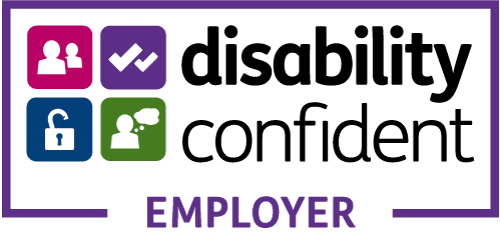
How to protect your brand when recruiting directly
How to protect your brand when recruiting directly
11 months ago by Jessie Jackson
Recruiting directly? If so, how are you ensuring you protect your employer, and consumer, brand throughout the process?
It’s a competitive market right now on both sides; brands are competing for the best talent and applicants are competing for the best roles. Especially at the mid-senior end of the market, there’s an unprecedented number of applications to work through. Depending on the role, it’s not unusual for a Senior Marketing Manager or Head Of role to rack up 150-200+ applicants within the first 24-48 hours of a job post hitting LinkedIn. But with great numbers of applicants… comes great responsibility!
Let’s talk through a very real example; let’s say you’ve received 150 applicants for your Head of Brand role. The chances are that you’ll have a strong 5 or so applicants in there that could really be well suited to the role. Providing you can identify them quickly enough and deliver a really positive candidate experience, one of those will likely go on to be offered the role and will hopefully accept, as long as they aren’t wooed by another brand during that time.
Great news but… that’s 149 applicants that will be told no. So when will you tell them no? And how? Will you communicate with every single applicant throughout the process? Keep them updated? Talk to them about the brand and your culture, even though they aren’t right for this role? What about other roles that they might suit in the future? Do you have the capacity and processes in place for registering their details properly and for keeping in touch?
In the example above, a huge portion of your applicants will be operating at a senior level, likely with their own teams and friends/family/network. A poor experience could of course lead a candidate to reject a job offer or leave them unwilling to consider future opportunities with your brand, but beyond this, it could also lead to losing them as a consumer or perhaps prompt them to share a bad experience on social platforms or review sites as well as within their network.
Now think of the questions asked in the initial example and apply that across not one, but let’s say six or more roles that you’re currently recruiting for across the business. The impact of a poor experience on scales such as this really can be huge.
If you’re a larger organisation with a fully functioning internal talent acquisition team and ATS, then you might just be able to leave each candidate with a positive enough impression to keep them engaged and maintain your employer brand. It’s not surprising though that most talent/hiring managers would admit that this is an area for improvement.
So what can you do to ensure your employer brand attracts high-calibre candidates in a competitive market and delivers a positive experience?
Look at your tech – Ask yourself whether the tech you have can handle large numbers of applications. Is it compliant? Does it enable you to respond accordingly to large numbers of applicants? If not, you might want to consider investing in a candidate management system or ATS (applicant tracking system). An ATS is great for automating certain elements of a recruitment process and can even pre-screen your candidates for you, but beware, you could also miss qualified applicants due to the wrong keyword selection and at times they can be unreliable and inaccurate in other ways, such as automatically rejecting applicants due to CV reading errors. An ATS can be a useful tool but it is exactly that, a tool, and you’ll still need a competent team to deliver a personal and positive experience.
What does your employer brand look like? – An employer brand is the way in which organisations differentiate themselves in the market. It’s what enables them to attract, engage, recruit, and retain the right people, so make sure it’s real and communicated well. An employer brand that doesn’t align with candidate experience is likely to have a negative rather than positive impact. Social is important but it needs to match up with your web pages and overarching consumer brand. People want to work for an organisation they believe in and are proud of, so let them know what you’re all about. What your unique values are, your mission, your culture. Do you have strong family values? Are you a sustainable business? What is it that you offer your employees in comparison to your competitors? By really defining your employer brand you can get ahead by attracting the best talent in the market and retain your existing employees.
Capacity – Take an honest look at your capacity internally. One individual hiring manager, talent manager or internal recruiter just isn’t going to have the capacity to manage and communicate effectively with substantial numbers of applicants, especially if they’re managing multiple roles and processes. If your department managers are doing their own recruitment, it’s unrealistic to think that they could deliver an excellent candidate experience whilst doing their day job so bear that in mind.
If you don’t have the capacity internally, then it may genuinely be the time to consider looking for an external partner. Whether that is us or someone else, a specialist recruitment partner will have not only the capacity but the reach and processes to ensure a positive candidate experience for each and every applicant, which in turn, not only protects your employer brand but enhances it.
Continue reading
-

Typical freelance rates
-

Choosing the right approach to recruitment
-
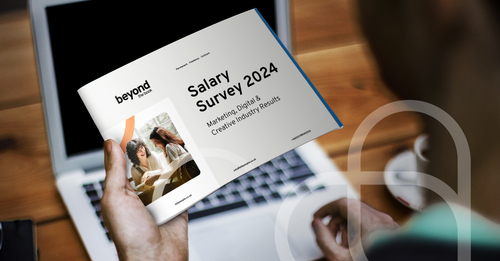
Leveraging a Salary Survey for Strategic Recruitment Planning
-
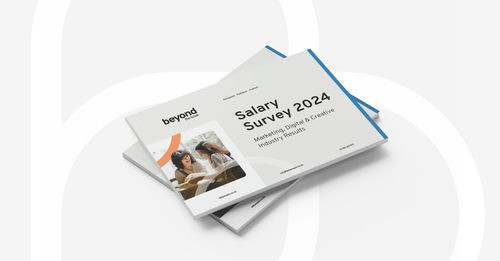
Salary Survey 2024 – FREE DOWNLOAD
-

How to set yourself up as a Self-Employed Contractor?
-

Ineffective Recruitment – It’s a wrap!
-

Ineffective Recruitment - Part 6
-

5 reasons to avoid a multi-recruiter strategy
-

Ineffective Recruitment - Part 5
-

Ineffective Recruitment - Part 4
-

Ineffective Recruitment - Part 3
-

Ineffective Recruitment - Part 2
-

Ineffective Recruitment
-

Need to hire in confidence?
-

Be the best choice for your ideal candidate
-

Qualify Your Recruiter - FREE DOWNLOAD
-

Jack heads for the House of Lords
-

Maintaining your brand reputation during your recruitment process
-

Employee loyalty - from one way to two way, or the highway!
-
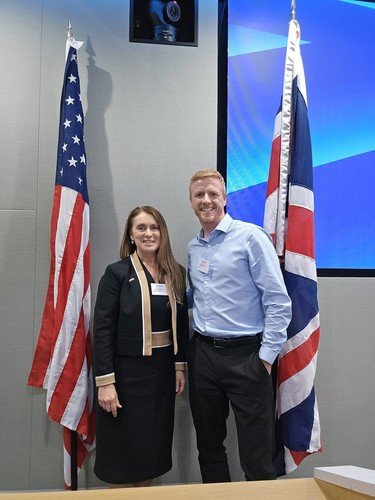
We are patrons of the GBTCC
-

How to protect your brand when recruiting directly
-

Introducing our new Watchlist - for Agencies
-

introducing our new Watchlist - for Companies
-

Expanding Horizons: Beyond the Book brings its Marketing recruitment services to the USA
-
.jpg)
Is it time to grow your marketing team?
-

Trust us to care and deliver
-

Complimentary Salary Benchmarking - 2023
-

A little update for candidates and freelancers
-
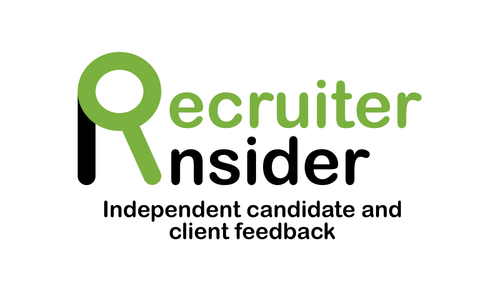
Our latest investment in recruitment excellence
-

Will you go out with me?
-

How best to recruit in a hurry
-

Midlands Annual Design Survey 2022
-

FAQ - About Beyond The Book, for businesses
-

How do you go about hiring a senior digital professional, agency side?
-

Where do you go if you are looking to bring your first Head of Digital into the team, in-house?
-

With Halloween approaching, lets discuss ‘ghosting’
-

How has hiring a Freelancer or Contractor changed post Covid?
-

Our Salary Survey 2022 - FREE DOWNLOAD
-

Update & insights in the current market 2022
-

The real reason your recruiter is asking you to work exclusively
-

Recruitment activity needed in the current marketplace
-
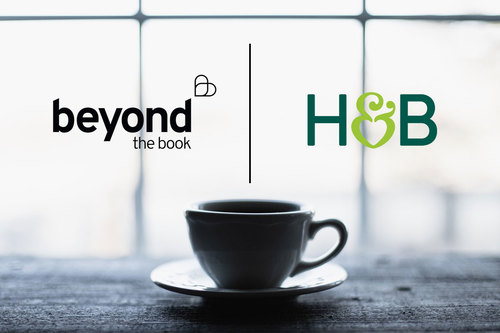
Where do you go when you need multiple roles filled, and quickly!?
-

Recruiting direct? Job copy advice in the current climate - FREE DOWNLOAD
-

Say Hello to Ella, Georgie and Mallory!
-

Meet our marketing recruitment team
-

Is a career in freelance Account Management for you?
-

Fundamentals for a creative CV
-

Is your freelance roster running dry?
-

A Case In Point – Helping my client look for a specialist Digital Marketing Executive
-

Client case study - why relationships matter
-

How to improve your diversity
-

How to prepare & present your freelance portfolio
-
.jpg)
People Need Not Apply!
-

Why are people who choose Agency life loving it more than ever before?
-

How to create a killer content plan
-

Want to get better at b2b marketing?
-

Update & insights in the current climate 2021
-

A case in point….
-

How we delighted this HR Manager with a seamless recruitment process
-

10 ways a quality, specialist recruiter can add significant value to your job search
-

What if... your recruitment planning isn’t aligned to the current climate?
-

Agency PR and Marketing Case Study
-

What is a career in recruitment really like?
-

Hybrid working: What does that even mean?
-

Where did those two weeks go?
-

Salary is the only way to be competitive?
-
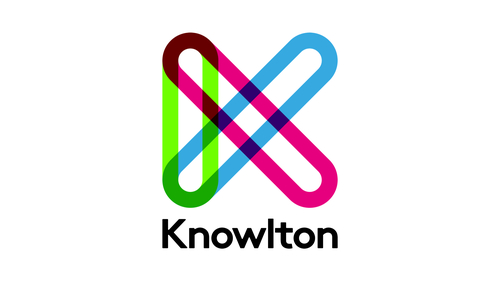
Advertainment - Driving trackable results
-

Our Salary Survey 2021
-
The Power of Employee Experience – Q&A with Robert Pender
-

LinkedIn Top Tips for Jobseekers
-
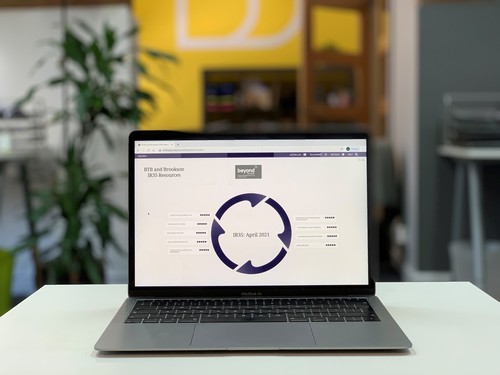
IR35 Cycle – IR35 support resources for your business
-

Should your strategy include email marketing?
-

Case Study – Content Manager
-

Q&A with Jessie and Michelle
-

BTB – Recordings of our IR35 webinars
-

How is the freelance market shaping up in 2021?
-

Supporting Juniors entering the creative industry
-

Flexible working is the new 9-5!
-

Is your company exempt from the IR35 reform?
-
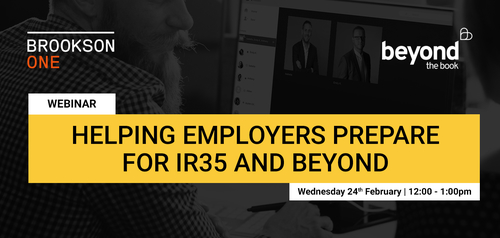
BTB & Brookson One IR35 Webinar for Businesses
-

BTB & Brookson One IR35 Webinar for Freelancers
-

A Social Media (and a bit of PR!) case study
-

How freelance works for clients
-

Are you missing your ideal candidate?
-
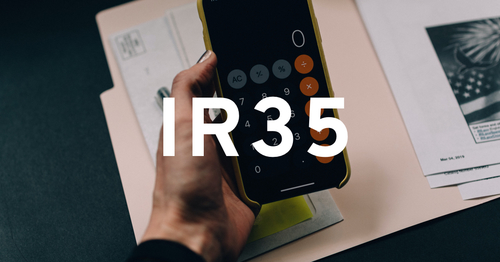
IR35 Off-Payroll changes - FREE DOWNLOAD
-

The very real cost of less than perfect recruitment
-

Our commitment to Businesses in 2021
-

We have the market covered
-

We have a winner!
-

Information update from us to you
-

If 2020 has taught us one thing...
-

Happy New Year!
-

Recent Marketing and Content case study
-

Recent PR case study
-

Recent Digital Marketing case study
-

Recent Marketing case study
-

Do you need a PR person?
-

Recent creative case study
-

An update for businesses
-
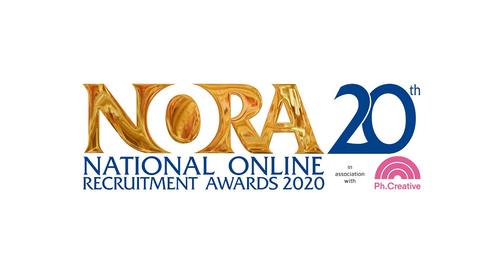
We’re finalists!
-

Creative and Design
Client Services and DeliveryDigital Marketing
Marketing and Brand
PR and Communications
Digital Specialists
Freelance -
13 The Courtyard
Timothy's Bridge Road
Stratford-upon-Avon
Warwickshire
CV37 9NP
01789 451510
info@btbpeople.co.uk
View map -
Stay connected to
Beyond The Book
Beyond The Book is a Disability Confident Employer and Inclusive Recruiter. If you experience any barrier in navigating, reading or processing the content of our website, or applying for any advertised positions, please contact Sally Moist or Adam Smith (or ask someone on your behalf to). Sally or Adam will reach out to you promptly (or your named representative), listen to your needs and identify ways to help you access our information and service.
© Beyond The Book Ltd. | Registered in England no. 06856820 | Vat no. 102143971 | Privacy Policy
